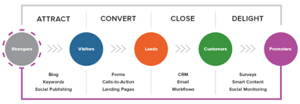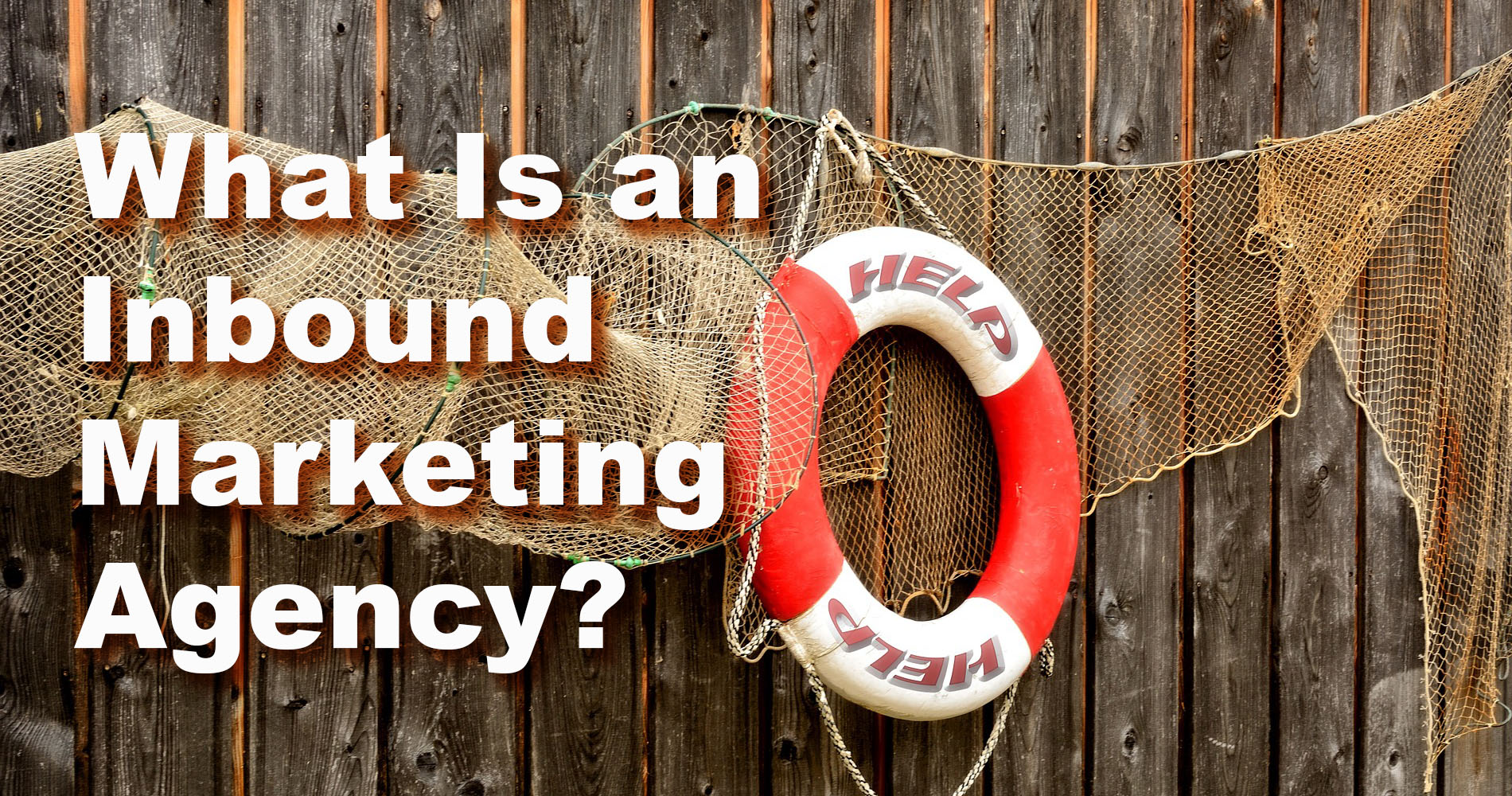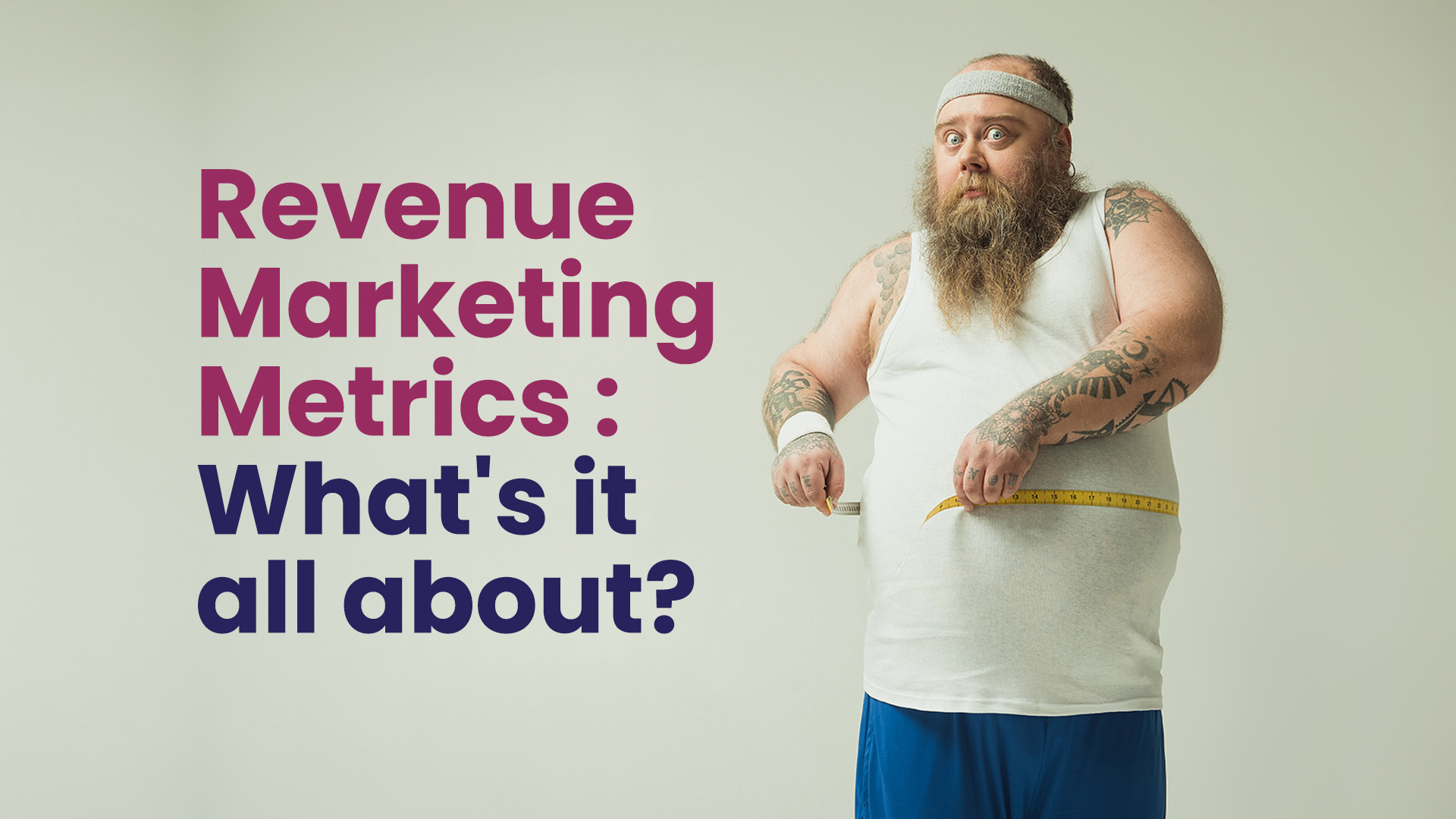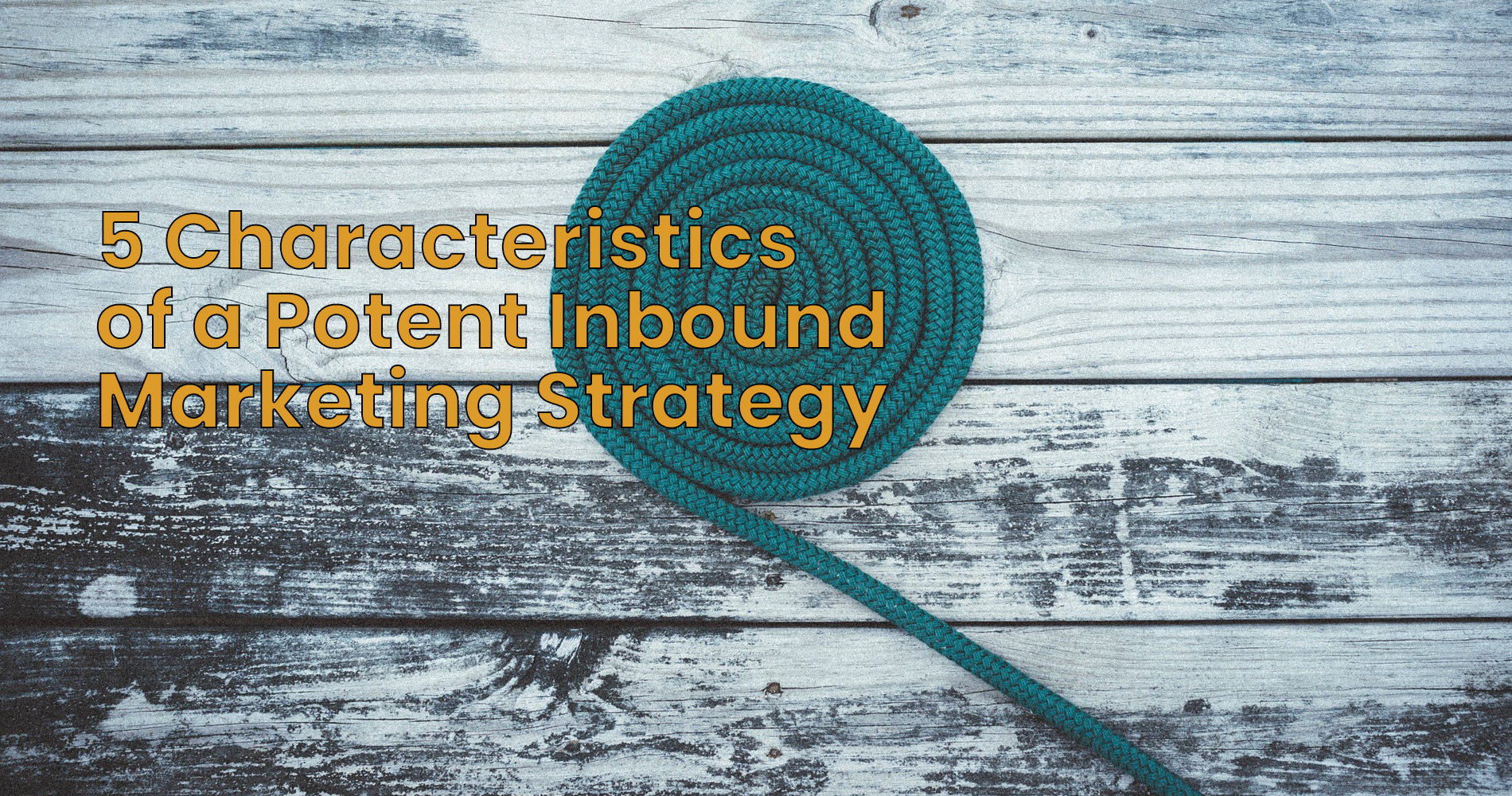If you stand back and consider the overall picture, inbound marketing methodology can be overwhelming. It's effectively a "headfirst" approach, unlike typical marketing, where you select a time to execute your advertisements. Instead, it's a combination of marketing practices that all draw synergy form each another.
With inbound marketing, you produce beneficial content such as, social media posts and blog articles that help draw in your ideal client. It certainly is not "selling" in the conventional sense, it's much more about engaging those who typically despise the "pushy" salesperson.
Inbound marketing permits marketers to "earn" a customer’s awareness versus an invasive paid advertising campaign. By developing and sharing the most suitable content at the correct time, your marketing will become more relevant and valuable to your clients.
By utilising a mix of channels, such as blog, social networks and free content offers or eBooks, marketers engage and educate their prospective customers with content they truly are looking for.
Inbound marketing is usually split up into four areas:

At the top you'll see the four actions businesses should consider to be able to acquire more targeted visitors, convert better qualified leads, win more sales and create more brand advocates.
At the bottom you’ll find the tools organisations employ to achieve these actions.
While the tools are indexed below the action where they are initially used, that may not be the only point they're relevant. A number of your inbound tools, such as email, can be used at a number of steps of the inbound methodology.
 To discover more about The Inbound Marketing Methodology | Attract, Convert, Close Delight
To discover more about The Inbound Marketing Methodology | Attract, Convert, Close Delight
Let's take a look at the 4 key components of the inbound marketing methodology.
1 Attract
You really don't want unqualified leads delivered to your website, you are looking for high quality targeted site visitors, the individuals that are most likely to convert into genuine leads and ultimately delighted customers that come back.
Types of essential tools useful to attract targeted customers are:
- Operating A Blog
- Social Media Marketing
- Free eBooks or other types of content offers
- SEO
2 Convert
When you have attracted the ideal customers to your website, the next action is to capture their information and convert them into marketing qualified leads. As a minimum, you will want an email address. An individual's contact details are probably the most valuable asset in an organisation.
Types of important tools useful to convert visitors in to leads are:
- Call to action
- Forms
- Landing Page
- CRM Database
3 Close
So now that you have engaged the right site visitors and converted them into marketing leads, you will now want to convert the lead into a buying customer.
Types of relevant tools helpful to convert visitors in to leads are:
- Targeted Emails
- CRM Data
- Marketing Automation
4 Delight
In line with the Inbound Marketing Methodology, all businesses ought to continuously delight their clientele even after they have become a customer. Continue to provide excellent and effective service to ensure that your existing customers grow to be your company supporters.
Types of vital tools in delighting your customers:
- Social Monitoring Social Media
- Customer Surveys
- Follow-up calls
- Follow-up emails
So, how to sum up the Inbound marketing methodology in one paragraph?
"Through elements of content marketing such as, social media, and Search-engine Optimisation, clients are attracted to your product or service in an organic manner. By aligning the content material, you publish with your client's interests, you effortlessly entice visitors that you're able to then convert, close, and continue to please in the long run.”
 Consider inbound marketing as a strategy to engage with prospective buyers by offering information and experiences they find valuable.
Consider inbound marketing as a strategy to engage with prospective buyers by offering information and experiences they find valuable.





